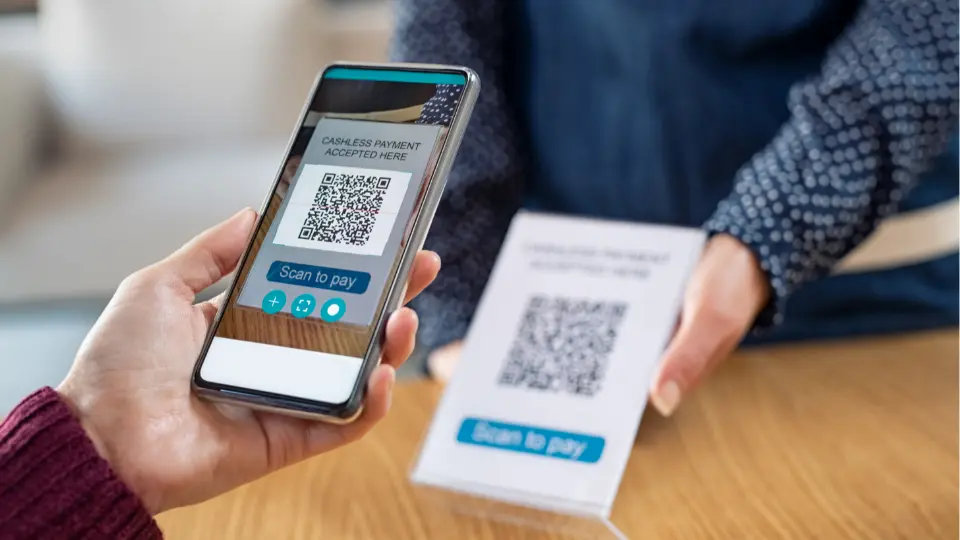

Geographic Segmentation
Geographic Segmentation entails dividing up your audience according to the area in which they reside or are employed. Customers can be categorized in a variety of ways, including by their nation of residence, or by more specific geographic divisions, such as city, region, or even postal code.
The geographical segmentation concept will be fully explained in this post. We’ll go through everything there is to know about this idea, including its significance, how it applies to diverse industries like tourism and mapping, among others, and much more.
Let us begin with the geographic segmentation definition.
Geographic Segmentation Definition
A marketing tactic known as geographic segmentation targets goods and services at local residents and business owners. It operates under the premise that locals have comparable needs, desires, and cultural factors. Brands may focus more pertinent marketing messages and acceptable items to customers who are then aware and more inclined to buy by learning what people in that area need.
Try a basic Geographic Segmentation Survey NOW
Geographic Segmentation Variables and Examples
A company that sells ice cream might divide the country into different heat zones and target the ones that are hottest and so most likely to purchase ice cream as an example of geographic segmentation. But that’s just a very simple illustration.
However, there are a variety of distinct factors that you might take into account while creating your own geographic segmentation. Once you’ve chosen the area you want to concentrate on, there are a variety of ways you can select to target consumers. Let’s examine the potential applications for each.
Location-Based Segmentation
Although all geographic segmentation involves classifying clients according to the region in which they reside or work, in this case, we’re only discussing selling based on a product’s accessibility to a certain location.
Businesses that can only serve consumers within a particular radius with the necessary infrastructure or facilities will find this tool to be helpful.
The subscription service for food boxes, up until recently, Oddbox’s infrastructure was limited to delivery within the limits of London. However, they now also deliver to Brighton, another nearby city.
Culture-Based Segmentation
Your products may need to be modified to accommodate for cultural differences and sensitivities. Certain products are not considered culturally appropriate to serve in some nations and areas, while some traditions have specific attire requirements.
For instance, the corporation McDonald’s takes into account cultural variances. McDonald’s does not provide any sort of beef or pork in any of its restaurants in India. The McDonald’s menu in India offers 100% vegetarian Indian burgers in place of ground beef and pork patties.
This is due to the long-standing influence of many religions on Indian diets. Hindus do not consume beef because they revere cows. There is no beef on the McDonald’s menu in India because the bulk of the population practices Hinduism.
Population-Based Segmentation
Understanding the potential customers in your local market is essential to your marketing efforts. Because you are more likely to relate to and service clients within your target audience groups, population density or population type will aid in the creation of effective marketing campaigns.
One such project is the opening of a fast-fashion brand outlet by a corporation. Accordingly, rather than any rural or impoverished city, the main focus would be on large or developed cities like New York, Las Vegas, etc. The inhabitants in these locations will desire rapid fashion much more, which is the reason.
Time-Zone Segmentation
Large organizations, that are more likely to operate across several time zones, benefit the most from time zone marketing. If they are located in countries with many time zones, like the United States, it may also be of interest to smaller firms.
Segmenting by time zone can have a significant positive impact on email marketing. Unlike generic email marketing, which often benefits from being seen at a specific time of day, major announcements and press releases should typically be shared at a specific time.
By segmenting your audience by time zone, you can ensure that your email arrives at the top of the pile at 8:45 am local time on Mondays, when you want your consumers to view it first thing.
Climatic And Seasonal Segmentation
It is a highly helpful type of segmentation. Before choosing those regions as their target markets, businesses must properly consider climatic and seasonal factors, or at least keep them in mind.
Let us take an example of a company making raincoats. Targeting dry areas like California or Nevada will be a massive blunder. Keeping the climatic and seasonal segmentation in mind, it will be right to target the areas of heavy rain such as Hawaii and so on.
In this way, we can say that even climatic and seasonal segmentation is really very basic but still the most important one. If it is done wrong, all the efforts will just go in vain.
Create a Geographic Segmentation survey using these variables absolutely FREE
Why is Geographic Segmentation Important?
The key to any marketing effort is effective geographic segmentation. It makes sure that marketing funds are used effectively to target potential clients with the most pertinent message that appeals to their requirements and is most likely to prompt purchasing behaviors.
Consumers would regularly see adverts for goods and services that are not offered where they live if geographic segmentation didn’t exist.
What are the benefits of Geographic Segmentation?
Now that we have a decent idea of the variables of geographic segmentation and its importance, let’s take a look at how it can benefit us.
Profits Are Increased
Increased brand memory, greater customer service, and increased brand recall all contribute to higher earnings. Geographic segmentation also gives an organization a crucial early competitive edge in locally focused markets. Geographic segmentation is a tactic used by enterprises with constrained reach to concentrate their efforts on precise target populations and boost income.
Better Communication
Since targeting is dependent on location and the characteristics that vary by geography, marketing, and promotional communications for local audiences must take into account the niche nature of that particular geographic segment. When the audience’s expectations for a product or service are clear, communication improves.
Targeting Improves Focus
Geographic segmentation is a useful strategy to increase concentration on the target audience. Organizations frequently develop more targeted marketing methods to turn local consumers into loyal customers when a regional division is involved.
Market Expansion Right Away
In cases where a company has a marketing plan for a certain place, it is also practical for that company to use that plan for nearby locations that share similar geographic characteristics. It takes a lot more time and resources to extend marketing operations and establish related strategies for regions with unknown features than it does to grow to locations that show traits that are similar to the current target market.
Conduct your own Geographic Segmentation Survey and reap the benefits
Conclusion
The ability to reach out to your customers in ways that they find relevant and helpful is made possible by market segmentation. Perhaps the simplest way to enter the game is by geographic segmentation.
Consider how your business can benefit from it most specifically: Are you a large corporation that can target different markets with diverse messaging, or a small business that can target their neighborhood and spend much less money on marketing? Perhaps city people will be more interested in your product, or perhaps specific seasons will see the most demand.
Whatever the situation, you have the chance to take advantage of geographic segmentation. Use Fynzo Survey Creator to gather consumer information including their accurate location to aid you in dividing your audience into geographic segments.







